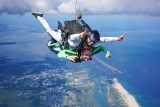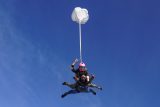What Skydiving Feels Like
General
Posted by: SKYDIVINGDOTCOM
2 years ago
The feeling of skydiving is so surreal that you must experience it for yourself to properly describe it … Nonetheless, we’re going to try our best to encapsulate it for you! More often than not, the way first-timers think they’ll feel could not be more different from the blissful reality they experience after their jump. Let’s dig into the how’s, why’s, and common myths of the feelings fueled by skydiving, and why people keep coming back for more!
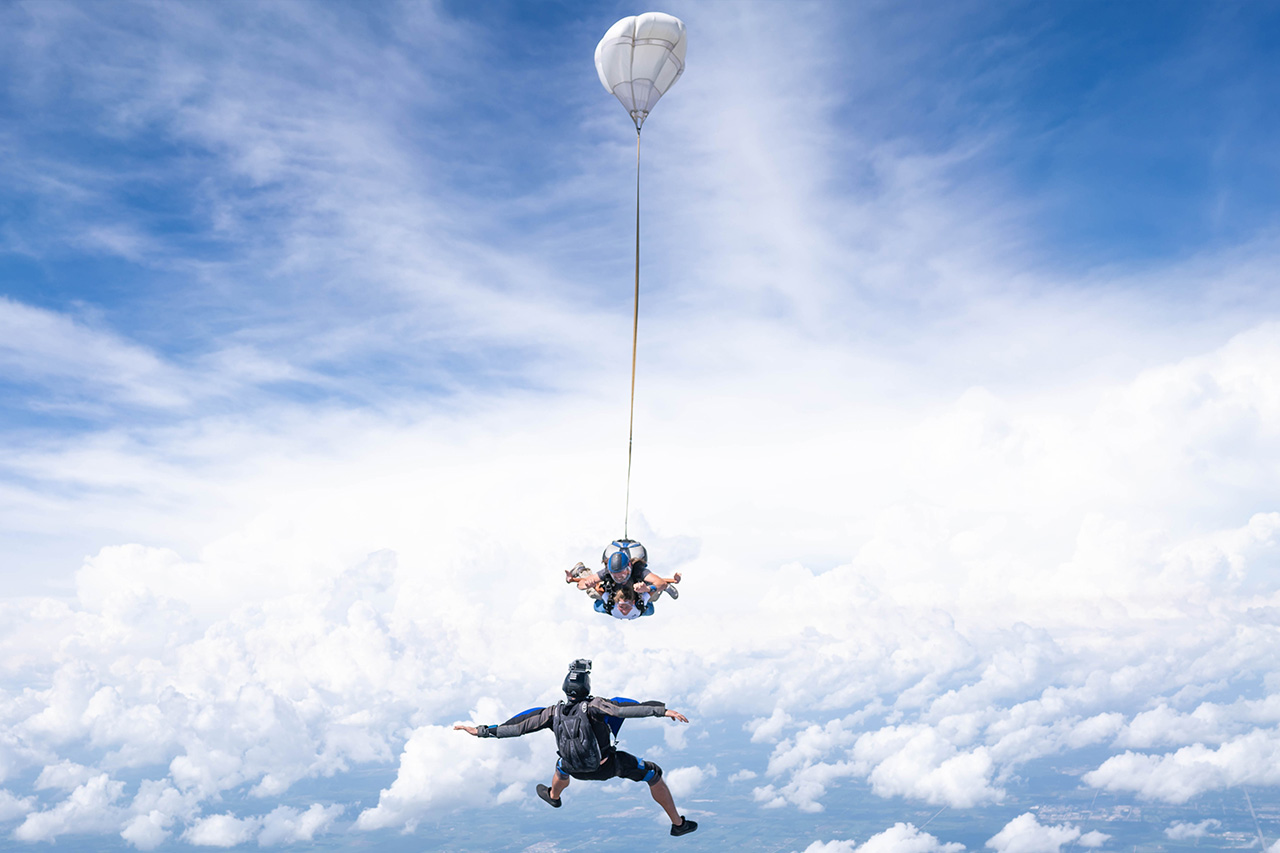
Will My Stomach Drop?
Skydiving does not feel like a roller coaster – whew! Why doesn’t the feeling of plummeting toward the earth happen during freefall, when you are in fact, plummeting toward the earth? In skydiving, we surprisingly don’t experience the actual feeling of acceleration until after freefall … weird, right? Our bodies get that horrible/lovely feeling of our stomach dropping when we go from 0 to 100, and in skydiving, the skydive doesn’t start at 0, but at whatever speed the aircraft is already going – typically around 60 and 100 miles per hour.
Being under the parachute is a different story. Whenever a turn is initiated, the canopy will go one way while your body swings the other way – this is basically centrifugal force. Imagine this: you’re driving in a car and make a pretty sharp right turn, your body, the stuff hanging from the rear view mirror, and your coffee in the cupholder will all lean to the left as an effect of the right turn. When we make a turn under the canopy, a similar thing happens between the parachute and our bodies. Weee!
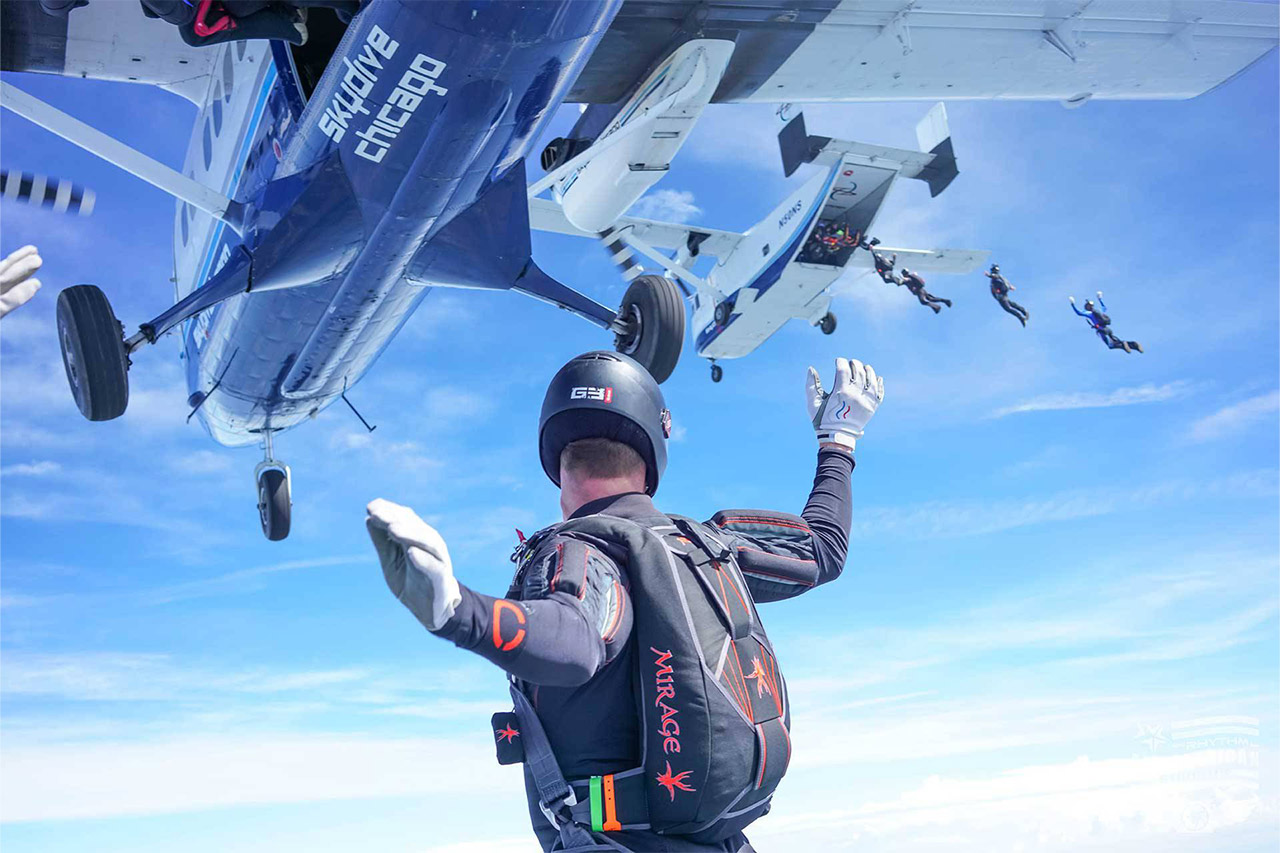
Will Skydiving Make Me Motion Sick?
If you’re thinking, “Man, I really hate that feeling, does it have to happen?” Yes, the canopy has to be flown in a safe pattern to get you and your instructor back to the designated landing area. BUT, if the jumbly tummy feeling isn’t your cup of tea, let your instructor know beforehand and they’ll be sure to minimize the turns as much as possible. Becoming motion sick while skydiving is rare and easily preventable if the instructor is informed of your concerns prior to the jump.
Does Skydiving Hurt?
Nope! The sport of skydiving has been refined so much over the years and is designed to be geared toward both safety and comfort. It is a common misunderstanding that because the parachute opens reliably in seconds, the shock factor of slowing down that much must be significant. Wrong! The parachute is designed to open gradually, and although it is quick and looks like it happens all at once, it doesn’t. In fact, parachutes inflate in stages. In fact, most tandem parachutes take about 1,000 feet to fully inflate, ensuring a buttery opening.
Once the freefall portion of the skydive is over and the parachute opens, it’s common to be worried that you will be wildly swinging back and forth, totally at the mercy of the wind. Nope! The parachute is also designed to cut through the wind, ensuring stability.
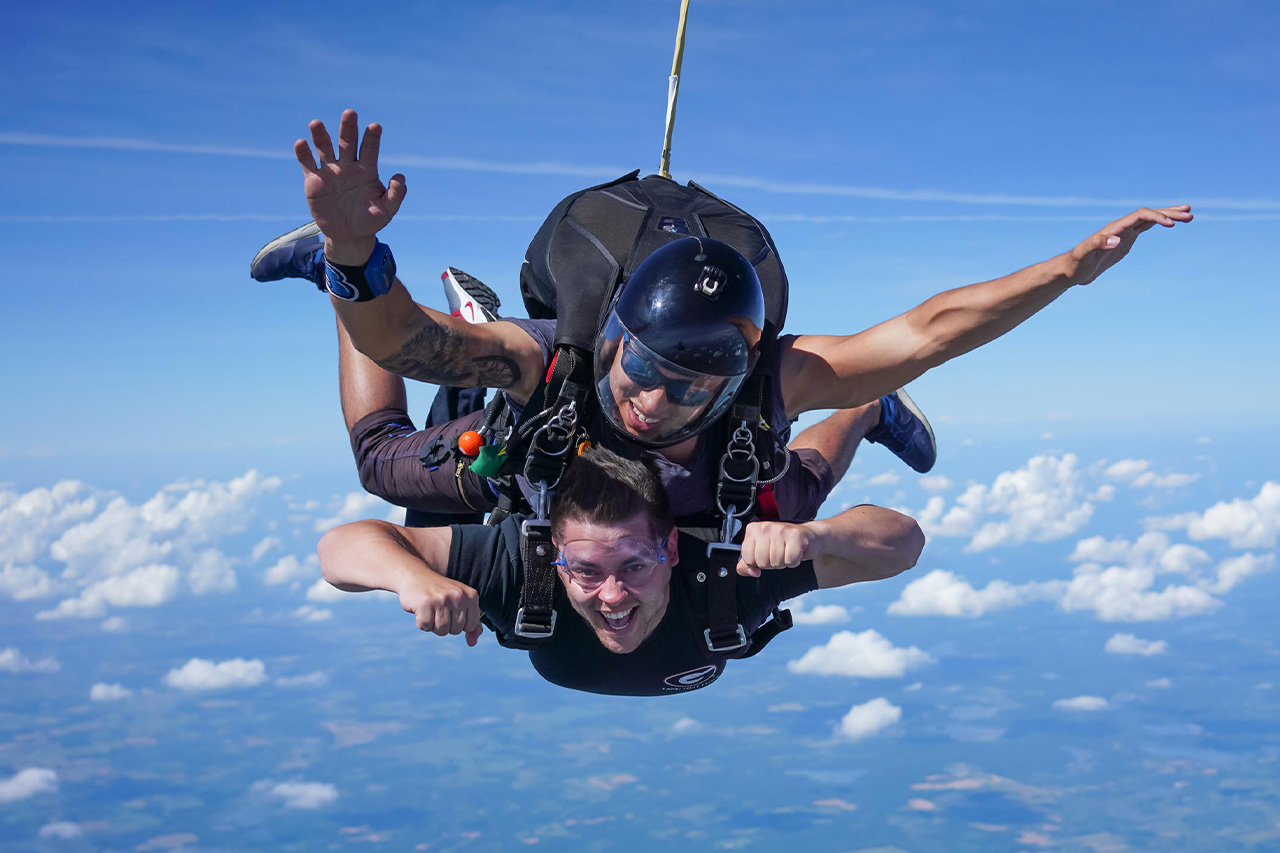
What Does Skydiving Mentally Do To You?
In skydiving there’s a term: WHUFFO. It’s reserved for people who ask, “What for?” When you tell them you skydive. Many “whuffos” who do a tandem skydive immediately have their question answered! Let’s look into the common emotions first time skydivers feel at each stage of the jump:
- The drive to the dropzone and the brief: This portion of the skydive is full of anticipatory excitement and intimidation. After signing your waiver and meeting your instructor, reality will set in and you’ll feel one of two things. 1) SUPER pumped! Or 2) SUPER nervous. Whichever one you are, your instructor has seen it and will be there to support you and answer any questions or ease any concerns.
- Entering the airplane and flying to altitude: While in the plane surrounded by veteran skydivers and tandem students, you’ll have the realization of what you’re actually doing. Your instructor will go over any reminders with you and ask if you’re ready to skydive. This question can be answered with a resounding “YES!” or a “Negative, ghost rider.” We hope it’s the former!
- The door of the airplane opens: OMG OMG OMG! AHHHHH!!!!! This is when the reality of what you’re doing may get a bit blurred with all the adrenaline pumping through your veins. Take a nice, deep breath. Your instructor will guide the two of you to the open door of the airplane and you’ll be filled with an “OH MY GOODNESS THIS IS HAPPENING!” sensation.
- The exit and freefall of the skydive: Okay, you’re doing it! Your body is hurtling through the sky at 120 mph and you’re doing okay! Have you ever seen someone look sad in freefall? Yeah, us neither. Tip: smiling keeps all those face muscles nice and tight – no floppy faces here!
- It’s a common misconception that you can’t breathe in freefall – false! The air is in abundance and it’s self-serve. Tip: if you’re finding it feels difficult to breathe, scream! No one can hear you and it will force you to take a big breath in.
- The canopy ride and landing: Once the parachute opens and the ferocious rush of the wind ceases, you’ll feel ______. We had to leave that empty, so you can fill in the blank! The top answers we hear are, “Happy, free, and at peace.” You’ll be able to talk with your instructor, soak in the scenery from a bird’s eye, and let all your worries melt away. Your instructor will guide the two of you in for landing and you’ll be met with a posse of supporters cheering you on!
- The after: Euphoria.
Everyone should skydive at least once to fill in the blank and be able to respond when someone asks, “What does skydiving feel like?” We can’t wait for you to experience the freedom of flight!
Categories:
You May Be Interested In:
DZ Locator
Find a skydiving center near you.



